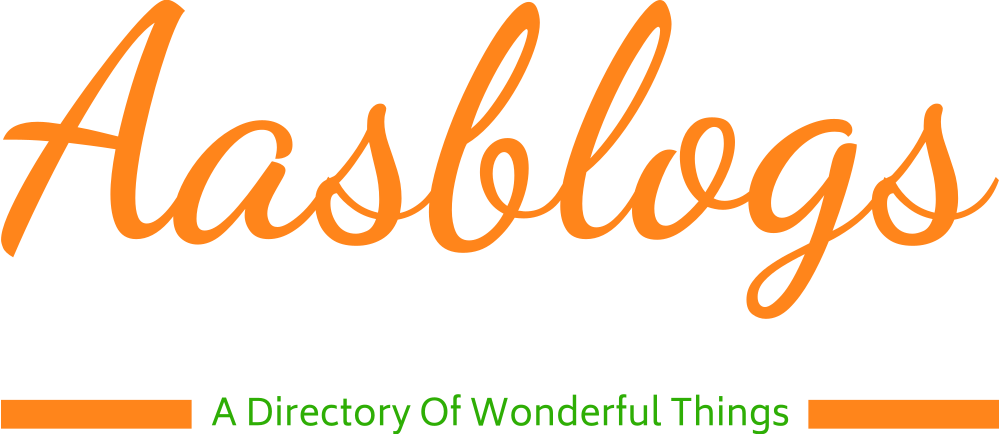Introduction
A block chain is a technique for storing information that makes it impossible to alter
or hack. It is a digital register from which all transactions on the block chain are replicated
and dispersed throughout the network of computers. A record of each transaction is attached
to each participant’s register whenever a new transaction on the block chain happens. Each
block in the chain comprises a number of transactions.Block chain is a form of distributed
ledger technology (DLT), which uses separate computers (referred to as branches) to record,
share, and synchronise (run simultaneously) transactions in each electronic ledger.
This technology is utilised in agriculture to store, analyse, and use data about disease,
pest, and insect infestations, among other things. Makes it feasible to trace information
throughout the food supply chain to boost food safety. Farmers can access pertinent
information on a single platform, including seed quality, soil moisture, climate and
environmental data, payments, demand, and sale price. Small farmers are better able to
organise themselves and work together to access the market without the aid of middlemen
with assistance in creating direct links between farmers and consumers/retailers.
Block chain technology uses
Food Safety: It offer a trustworthy and effective supply chain management and
product tracing solution. Every link in the agricultural supply chain keeps track of
product information, which not only helps maintain quality control but also keeps
track of storage conditions. Product data from IoT devices and sensors can be stored
by them. Streamlined form of Agriculture food supply chain in Block chain
Technology.
Agricultural insurance: Smart insurance contracts will enable better insurance
programmes for individual farmers, agricultural holdings, and the supply chain. By
eliminating the need for a middleman to evaluate insurance claims, smart contracts
will streamline, accelerate, and improve transparency throughout the claims process.
The risk of fraudulent claims and insurance provider wrongdoing is decreased by the
fact that after an agreement has been signed, no one would be able to change
insurance plans. In smart contracts, the role of middlemen is completely eliminated or
significantly reduced.
Increased traceability of supply chain:Customers simply need to the product at
each stage of the process, where, who, and how recently their food was planted.
Additionally, it aids in decreasing food fraud, incorrect product labelling, the number
of middlemen in the supply chain, and it ensures that producers receive just
compensation for their labour. Farmers can keep track of their crops’ progress through
planting, harvesting, storage, and delivery by recording and updating their status.
Limitations:
Dependency on the farm size: Smaller farmers can enrol in blockchain-based
insurance. On the other hand, small farmers may feel complex for collecting and integrating
farm data because they don’t have the infrastructure needed to support such a process.
Costly data collection: Adoption in the sector will be hampered by the high cost of gathering
data that is uploaded to the distributed ledger. The setup of a distributed ledger may be
relatively inexpensive, but gathering the data necessary to make the ledger functional, such as
the DNA of farmed animals, may be costly.
Inaccuracy and complexibility of data integration: Information gathered may not be
reliable since the accuracy of data entered by sensors or by individuals cannot be guaranteed.
In general, it could be challenging to integrate and evaluate some particular types of data
inside the agricultural supply chain. For instance, it can be challenging to locate and assess
environmental data using objective techniques.

